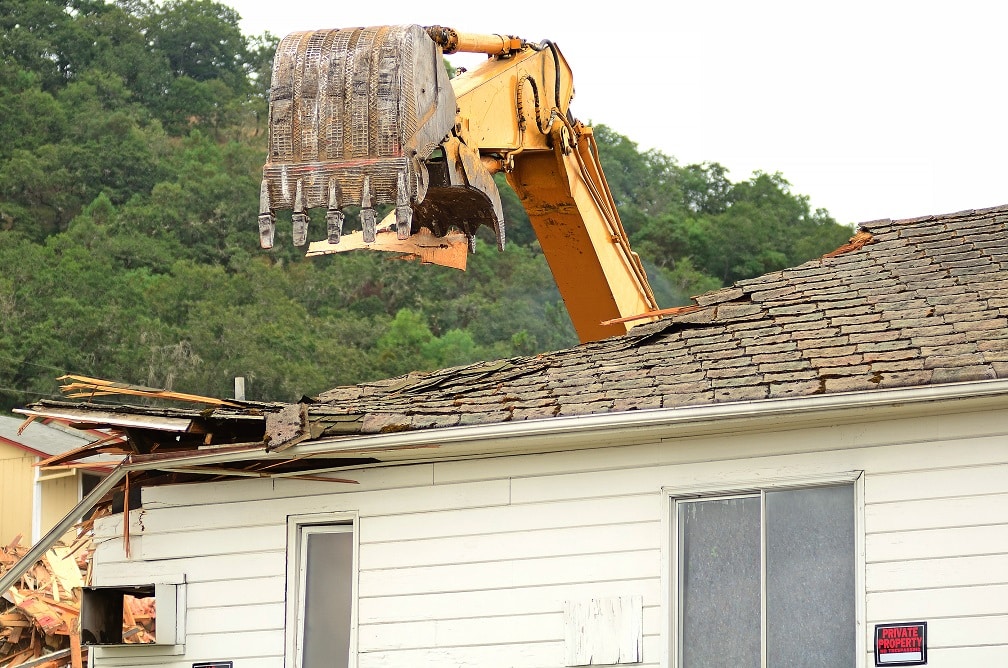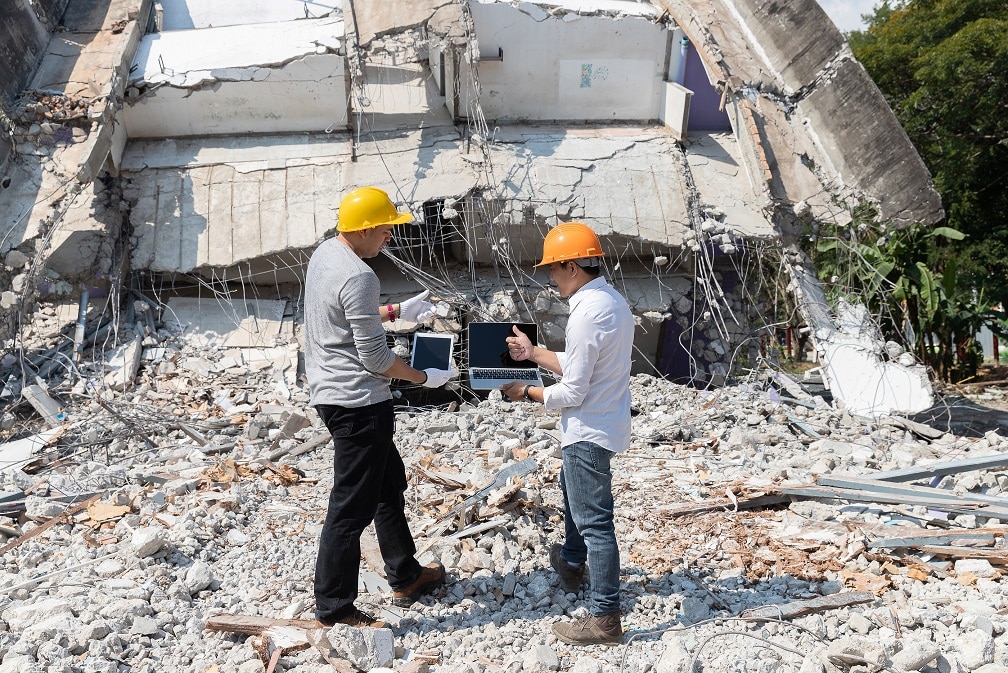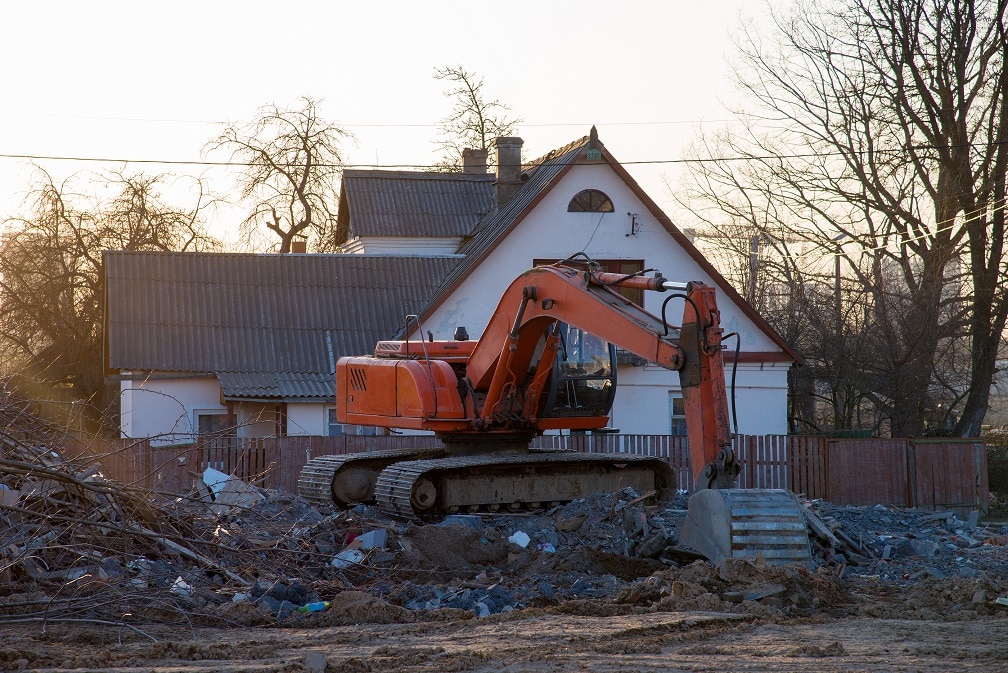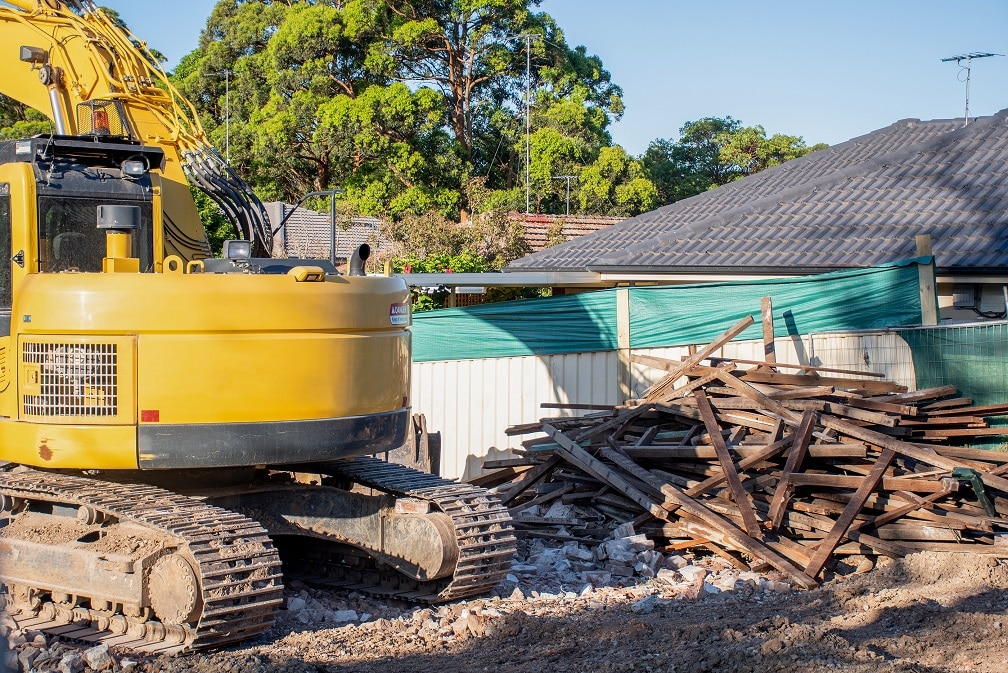Demolition is considered part of the construction and is the most dangerous part. Demolitions are carried out in buildings that have become weakened by factors like ongoing operation, natural forces (floods, storms), explosions, fires, or wear and tear. Demolishing involves knocking down entire walls and tearing down entire buildings.
Demolition tends to produces tons and tons of used building materials. These include steel, concrete, roofing materials, carpet, and flooring materials. Many of these materials can be reused. For example, in the US, two-thirds of steel production is from recycled steel coming from demolition sites.
Recycled Materials after Demolition
Often, demolition is done in combination with cleanup i.e. disposing of the waste material and rubble. The type and size of the structure, the work schedule, and cost are factors that generally determine what happens after demolition.
Demolition breaks up a building or structure into manageable pieces that you can either haul to a local landfill, sort and salvaged, or even sell as scrap. Most of the materials recycling takes place offsite after the process of demolition is finished. The man event after demolition is sorting.
In the United States steel is the most commonly used material for structural framing in non-residential buildings. This is the ideal example of a material that is widely recycled. After demolishing, a building, nearly all the steel gets recycled. Globally, it’s estimated that 98% the steel is recycled and thus avoids the landfills.
1. Drywall
Drywall (gypsum board) makes up nearly all walls as well as some ceilings in most commercial builds. In theory, at least, drywall is a very recyclable building material so long as the layers are kept intact.
2. Glass
Once you remove the glass from its built context, this is an amazingly reusable material. However, how it’s removed during the process of demolition is critical, glass being a delicate material. The main challenge lies in ensuring the glass panels don’t get mixed with other materials during the demolition.
3. Bricks and Concrete
Concrete, particularly without steel reinforcing bars is highly recyclable. The salvaged concrete is valuable as rip rap for use in erosion control projects after being broken up or can be sold to a materials producer to be crushed into paving base material. It can also be sold to producers for crushing and used as a base material.
Bricks can be crushed and then resold as a hardcore material that can be installed below new concrete slabs.
Disposal of Hazardous Materials
Some roofing and other building materials such as plumbing may be hazardous. For example, if your building was constructed using asbestos-containing materials (ACMs), asphalt, or even petroleum-based products, these need to be handled as hazardous waste.
ACMs can include boiler/pipe insulation, floor tiles, fireproofing, and asbestos roofing. You may require special permits when demolishing and disposing them off.
Conclusion
For a rush and small demolition job, the entire structure may be pulled down, scooped into large dump trucks, and easily carted to a local landfill. If you are to efficiently sort and recycle the materials it will require having ample storage space and containers.
When demolition is done, waste materials can be disposed to designated landfills or sorted for recycling. Often, federal, state, or local personnel will be deployed to identify hazardous waste collection and assist with safe disposal programs.





